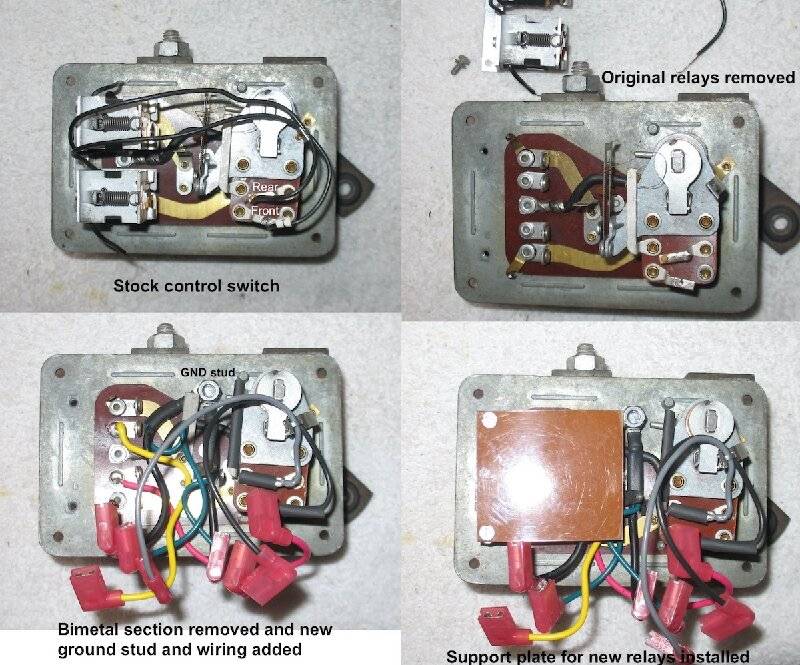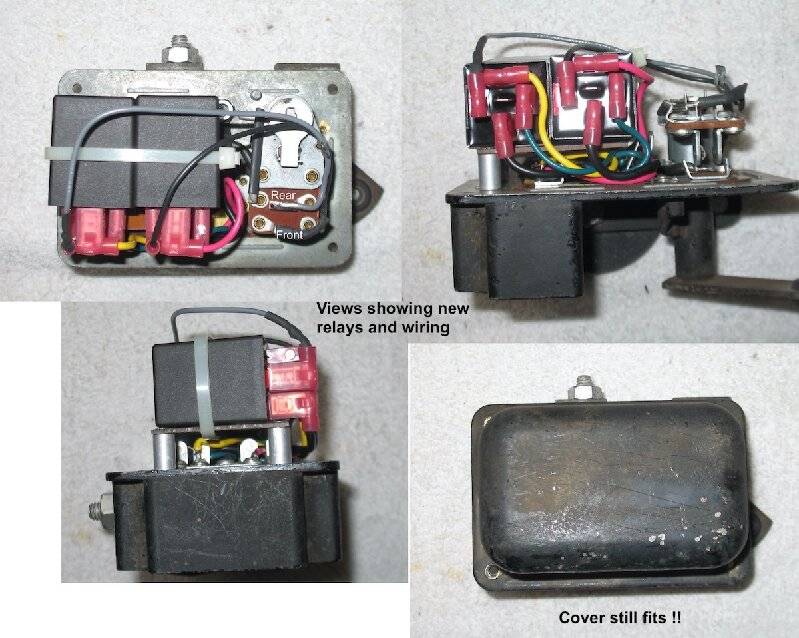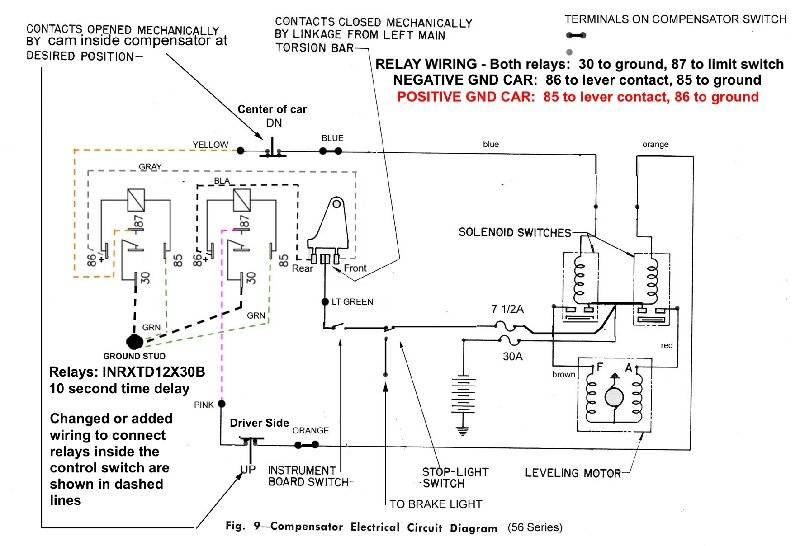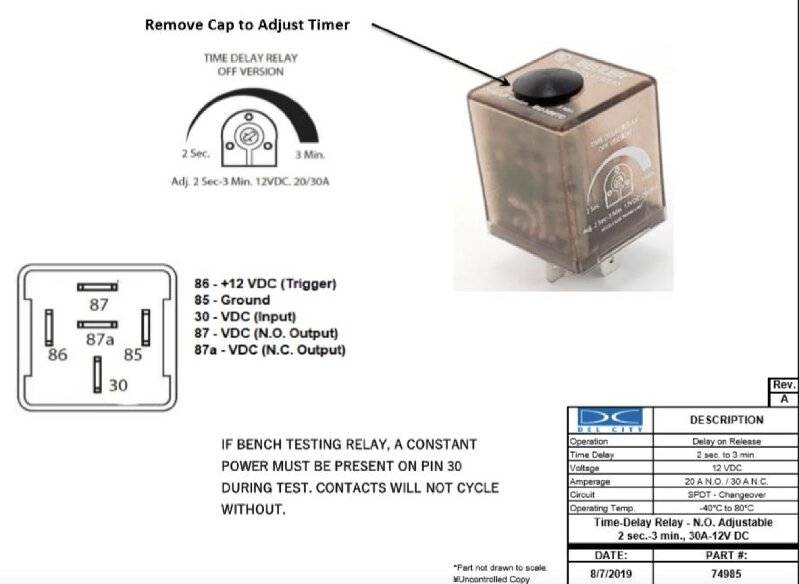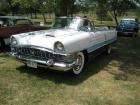|
Re: DIY Torsion level control switch conversion
|
||||
|---|---|---|---|---|
|
Home away from home

|
Send one to me h.
I will try it
Posted on: 2023/4/23 22:55
|
|||
|
Riki
|
||||
|
||||
|
Re: DIY Torsion level control switch conversion
|
||||
|---|---|---|---|---|
|
Home away from home

|
The pivot contacts. I was thinking of removing those and put in micro switches.
I think those contacts can act up to.
Posted on: 2023/4/23 23:02
|
|||
|
Riki
|
||||
|
||||
|
Re: DIY Torsion level control switch conversion
|
||||
|---|---|---|---|---|
|
Just can't stay away

|
When I first got my 55 I had a few issues with the torsion level I had the original control box replaced with a solid state control box from Pacific Northwest Packards . I sent them the original control box and they put the modern electronics in. PROBLEM SOLVED never had an issue with it after that.
Posted on: 2023/4/23 23:40
|
|||
|
||||
|
Re: DIY Torsion level control switch conversion
|
||||
|---|---|---|---|---|
|
Forum Ambassador
|
The exchange boxes are a good product and for those not mechanically inclined or those wanting to do a quick swap, well worth getting. Problem for anyone needing one is the project page no longer appears to be on the PNW website. No idea if they still offer them and if not, who does. Some also like to do their own work and by using available relays it makes the job possible and much less expensive.
Posted on: 2023/4/24 0:10
|
|||
|
Howard
|
||||
|
||||
|
Re: DIY Torsion level control switch conversion
|
||||
|---|---|---|---|---|
|
Home away from home

|
They don't use yours
They exchange.
Posted on: 2023/4/24 5:51
|
|||
|
Riki
|
||||
|
||||
|
Re: DIY Torsion level control switch conversion
|
||||
|---|---|---|---|---|
|
Forum Ambassador
|
Quote:
Those contacts do get dirty and can act up. A microswitch conversion is not a bad idea and I have just the candidate in a box that has a broken spring and for whatever reason it happened, a broken off center piece for the pivot contact. Have not figured out how to get the pivot off to change the torsion spring but can play around with what is still there to work out places to mount a pair of microswitches and have them activate. Am thinking switches like you used in your PB assy would probably fit.
Posted on: 2023/4/24 9:13
|
|||
|
Howard
|
||||
|
||||
|
Re: DIY Torsion level control switch conversion
|
||||
|---|---|---|---|---|
|
Home away from home

|
Quote:
Thank you so much for this!! this is amazing!! when I finish maintenance up on my truck I will try this mod!!
Posted on: 2023/4/24 12:45
|
|||
|
||||
|
Re: DIY Torsion level control switch conversion
|
||||
|---|---|---|---|---|
|
Home away from home

|
H.
What about this. Didnt see pin layout. Is expensive. But adjustable. m.delcity.net/store/Time-Delay-Relays/p_804415.h_804416
Posted on: 2023/4/25 8:38
|
|||
|
Riki
|
||||
|
||||
|
Re: DIY Torsion level control switch conversion
|
||||
|---|---|---|---|---|
|
Forum Ambassador
|
Riki, Pinout is the same but I don't know if the relay would work because of one definite statement on the info sheet where it says power must be present on pin 30 for the relay to cycle. We use a ground at that terminal. With the statement and wording I suspect they are taking a constant power for the timer electronics from that terminal and pin 86 just needs a momentary signal. Would almost need to test a relay to see what or how it does.
There is a similar pin description but not the same must have or it won't work statement for the relay I used. I can confirm the Amazon relays do operate the solenoids on the bench but cannot confirm any extraneous noise found in the car would not affect the relay operation. Since the Amazon relays claim to be automotive relays would doubt that would be an issue but since modern cars are much better shielded than 70 year old Packards that still needs to be confirmed. Another question needing an answer would be the dimensions since it cannot be any larger than what I measured on the Amazon relay to have two relays fit in the box. Price wise if they would work, instead of $22 for a pair it would be about $54 for the pair. Might be worth it for the adjustable feature to get the factory spec and to have German made quality instead of Chinese made.
Posted on: 2023/4/25 10:15
|
|||
|
Howard
|
||||
|
||||

 TL 1.jpg (186.49 KB)
TL 1.jpg (186.49 KB)